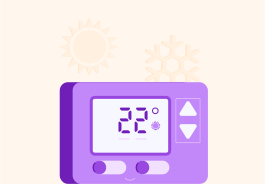animal-structure-and-function
Homeostasis is the organism's method of maintaining constant internal conditions, important for life's function to take place optimally.
The respiratory system is adapted for efficient gas exchange and it does this by passing air in and out of the body.
Digestion of carbohydrates, lipids and proteins into smaller particles allow for their absorption into the blood to be used by the body.

Structure of the Digestive System

Products of Digestion, Digestive Enzymes and Bile

Absorption

A Balanced Diet
The Endocrine system allows for cells to send information and instructions to distant cells via a messenger system.
The circulatory system mainly consists of the pumping heart, a network of blood vessels and blood as a fluid.
The nervous system enables humans to react to their surroundings and to coordinate their behaviour.
Kidneys are organs in the body that are responsible for removing waste products and osmoregulation.

Water Regulation

The Kidney and Urea

Structure of a Nephron

Filtration

Reabsorption of Water

Reabsorption of Glucose

Anti-Diuretic Hormone

Treating Kidney Failure
The eye is an organ that reacts to light in the environment and allows for vision.


